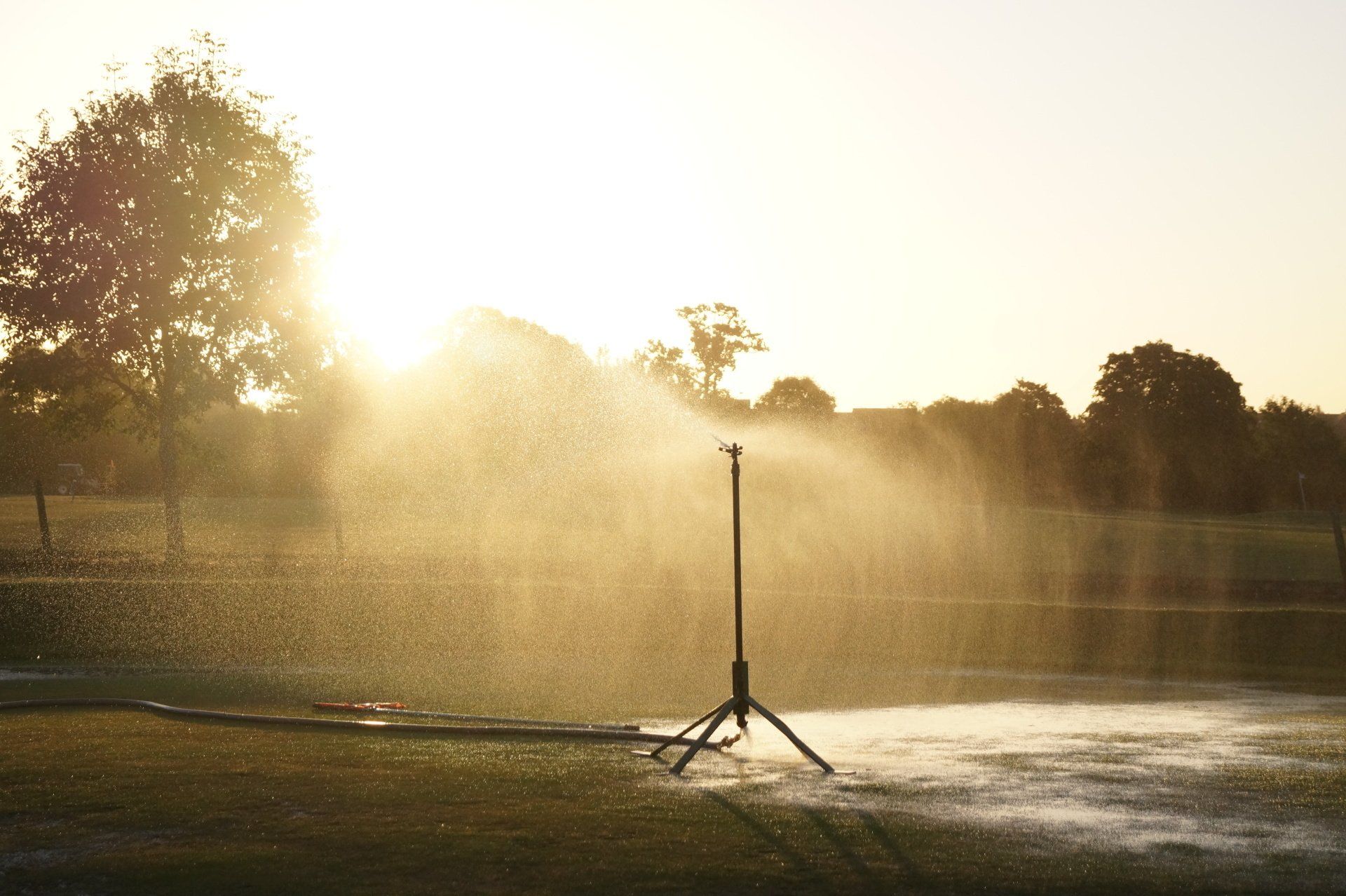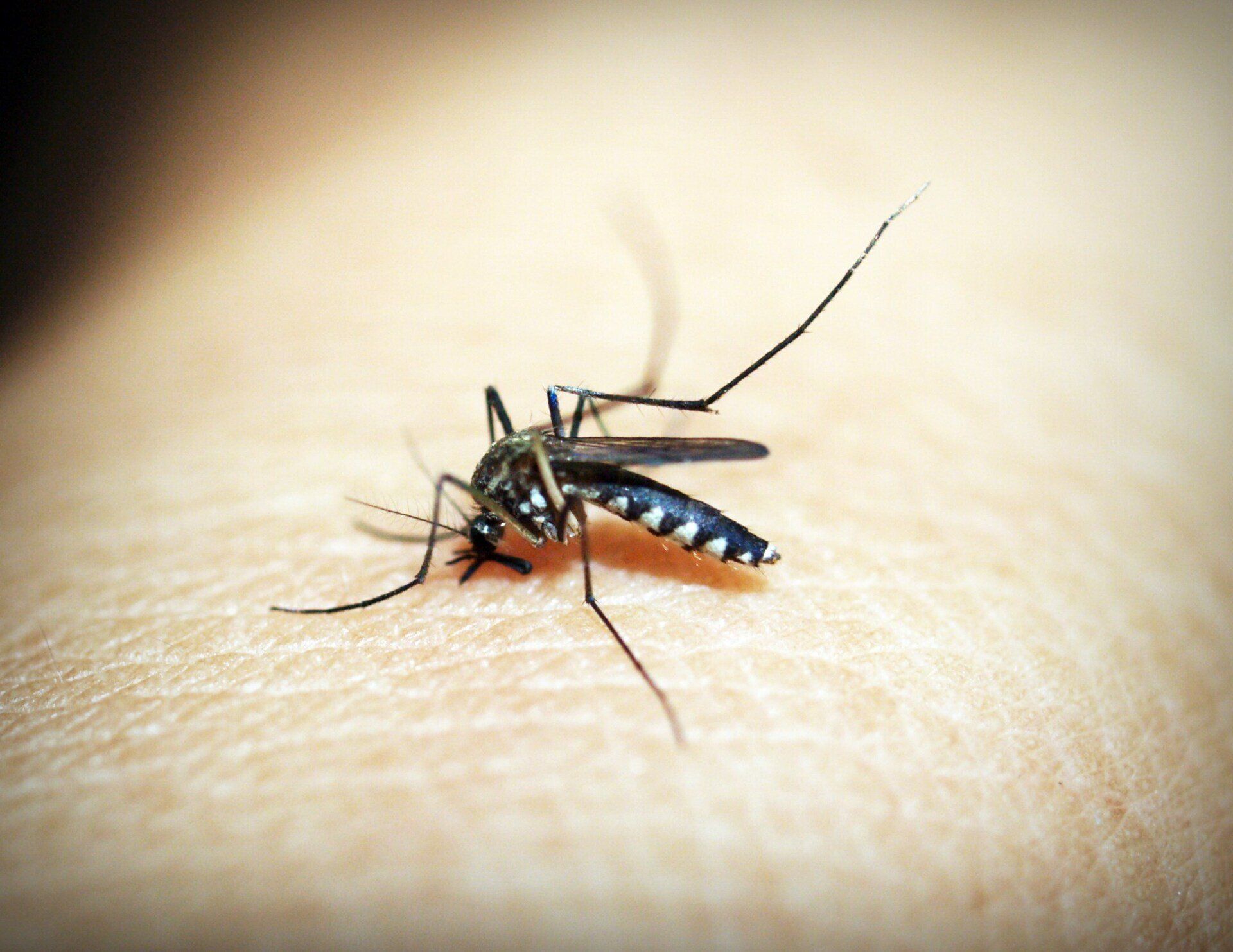Dormant Grass Seeding Tips for Homeowners
Dormant Grass Seeding Tips for Homeowners
Do you have a lawn with a thin growth of grass or spots that are bare? It could be the best moment to tackle these issues through dormant grass seeding. Make sure that you get an early germination and abundant growth throughout the year by following these suggestions from us.
What is Dormant Seeding?
Dormant grass seeding occurs when temperatures aren't high enough to hinder germination, but the soil hasn't yet frozen. The seeding process helps make up for bare spots, thin grass, or areas of low growth to promote a lush lawn when spring comes around.
Tips for Fall Lawn Seeding
The success of seeding during dormant times is dependent on a variety of aspects, such as planting grass during other seasons. Use these guidelines to achieve positive results.
Select the Proper Grass Seed
The right kind that grass to plant your lawn could be difficult. The most crucial thing to consider will be whether your grass grows in a cool season or warm season; this will determine how it will thrive in your area.
If you're aware of what kind of grass is already growing in your yard, you can plant seeds that are similar to the species you have to make up the empty places. In case you don't, let us help you choose among the most well-known options, such as Kentucky bluegrass, Fescue, Ryegrass, and Bermuda.
Prepare the Soil
When you are preparing to plant a new section of lawn:
- Rake the top two or three inches. Then make sure the soil is level.
- Make sure to break up large clumps and try to avoid making the soil too coarse. Small clumps are fine and can even be desirable.
- Take away sticks, stones, and other debris from the area.
If you are seeding a dormant lawn:
- Cut the grass with the most compact setting on your mower.
- The top half-inch of soil should be raked in the areas that are bare, where you want to seed, and then level up the space.
- Rake the turf that is already in the areas where you intend to seed in order to get rid of the thatch and other dirt. This will encourage soil-to-seed interaction, which is the most crucial aspect of lawn seeding in fall.
Plant Grass Seeds
- Review the forecast for weather and then try to plant the seeds before the snowstorm or heavy rain.
- Spread the seeds across by hand. For larger areas, you can employ the hydraulic seeder or handheld spreader.
- The sprinkling of too many seeds together can cause seedlings to compete for light and nutrients and can result in the grass growing thin or weak.
Cover and Water Grass Seeds
- Mulch the area where seeds are planted to stop erosion and to stop seeds from running with the water. This can also help keep the seeds moist between irrigation sessions.
- Select a mulch that is light to ensure that it doesn't soak up too much sunlight that may cause the seeds to overheat.
- Think about a mulch option that comes with starter fertilizer. It provides an area of grass with the nutrients it requires to develop strong and fast when spring comes around. If the grass you pick isn't fertilizer-based, then make your own. Follow the directions on the label.
- Make sure to water the area thoroughly after seeding, but don't go over-saturated.
- When the weather is warm, wet the areas that have been seeded, at least every day. Keep this up until the grass is two inches high to ensure that the roots remain damp.
Ready to work with Landscaping BlissExperts Regina?
Let's connect! We’re here to help.
Send us a message and we’ll be in touch.
Or give us a call today at 306-900-4743
Landscaping Vancouver Quote
More Tips!











